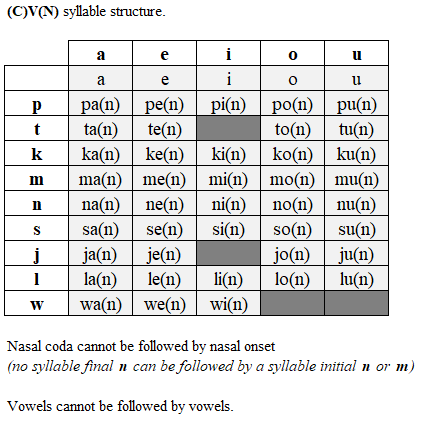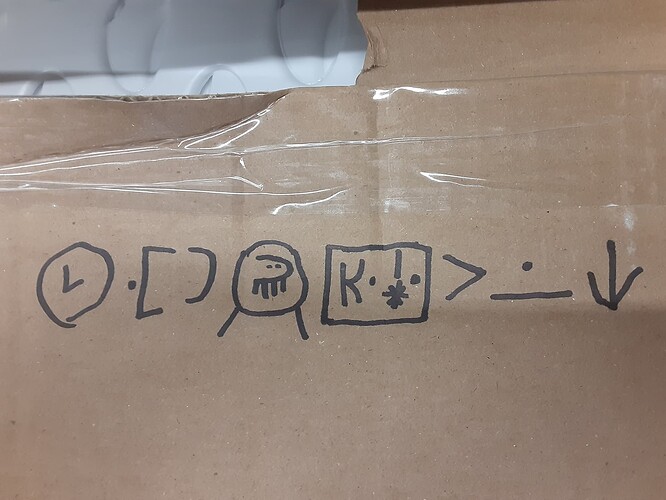I actually used to keep it uncapitalized, back when I also didn’t capitalize any of my words. One day I was struck by a divine revelation and I had to start using proper capitalization again or else my brain told me I would suffocate to death. On lowercase letters
It actually caused some problems in one server I’m in, because there’s two Mays there - I used to be lowercase may, and she was capital May. Now we have the same name and the same formatting of it, so we’re addressed the same way.
Someone in that server had made this site to share your Wordles, and they found out they had made usernames case-sensitive when we both signed up for it, zer as “May”, me as “may”. Funny stuff.
jan anu mije maje
My name is not a loanword I am core to the vocabulary of toki pona
Yeah well tenpo lon la I’m important. So write that down on your cardboard
sina suli ala
Yeah, you’re right, I’m not very tall. This couldn’t mean anything else
how do you write names in toki pona
or i guess stiele pona?
sina sike suli
The first step is to create a ilo sitelen and a lipu from scratch.
bad card game idea:
sitelen pona M:tG
the problem is i dont have a toki pona dictionary here and i only know like 3 words
f
sina sona ala e nimi waso
sina ken ala waso
Also, there are 2 ways that I know of, the sitelen pona way and the sitelen kalama way
Names in toki pona are considered “proper adjectives” - to say “May”, you’ll actually need to say “the May-like person”, or “jan May” (the adjective going after the noun). These proper adjectives are the only things capitalized in toki pona, so they can be distinguished easily from actual words.
In Latin-script toki pona, names can either just be written in their language of origin (like jan May, or like we did saying jan Magnus earlier), or they can be transliterated into the sound rules used in toki pona. I transliterare my name as jan Maje (pronounced Ma-ye).
In sitelen pona, the written script Jake is using on that cardboard, you put names in cartouches, that little box in Jake’s writing, and usually spell them out by taking the first syllable of every word in that box. For example, to write “Maje”, I can put the symbol for the word “ma” and then the one for the word “jelo” (which, in the cartouche, just reads as “je”).
Generally, it’s best practice not to transliterate a name unless someone does it themselves, and many people choose toki pona names that aren’t direct transliterations of their name in another language. Like, “jan Me” would technically be more accurate a transliteration of my name phonetically, but I don’t like it, so I’m jan Maje instead.
The exact rules for transliteration are complicated and somewhat fluid. Here’s a list of the general guidelines used: Phonetic Guidelines | lipu pi jan Ne
Oh, and you can choose any toki pona noun you want for your head noun. I’m jan May (the May-like person), Jake is jan soweli Keki (the Jake-like animal-person), etc. I could be kasi May (the May-like plant) if I wanted, etc. Anything goes.
toki pona words are composed of any combination of these syllables:

(With J here being pronounced like the English consonant Y, as in “yes”).
kasi pi jan monsuta Anpo (The Ambush-like Goblin bush)
Also, I transliterated your mom last night

